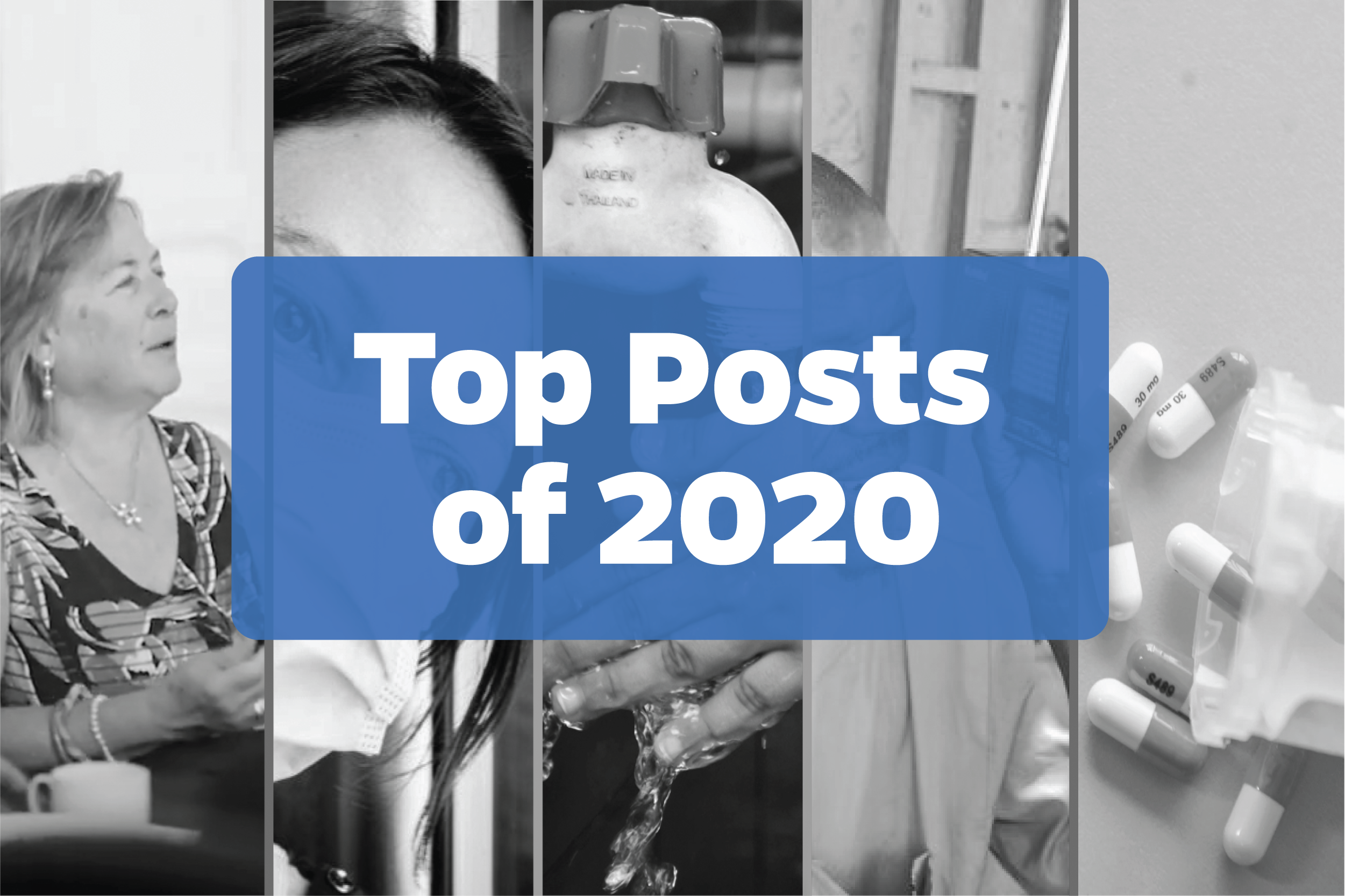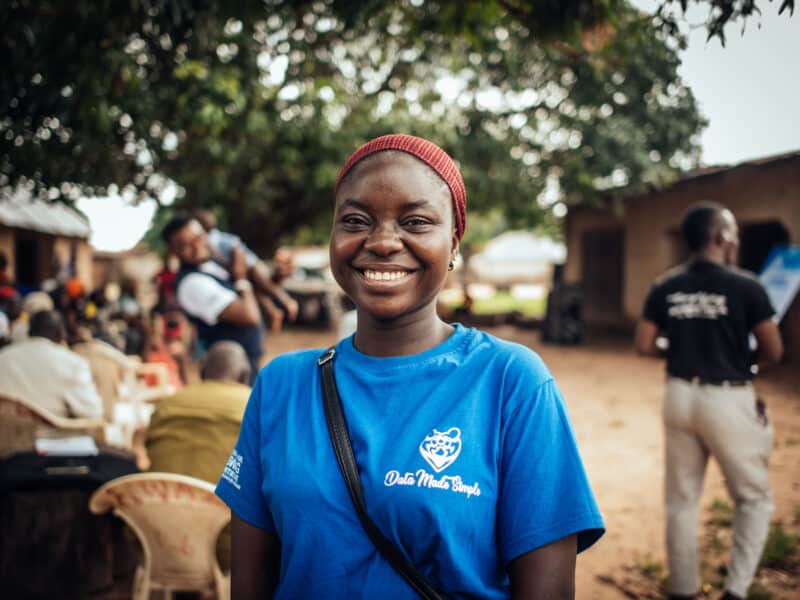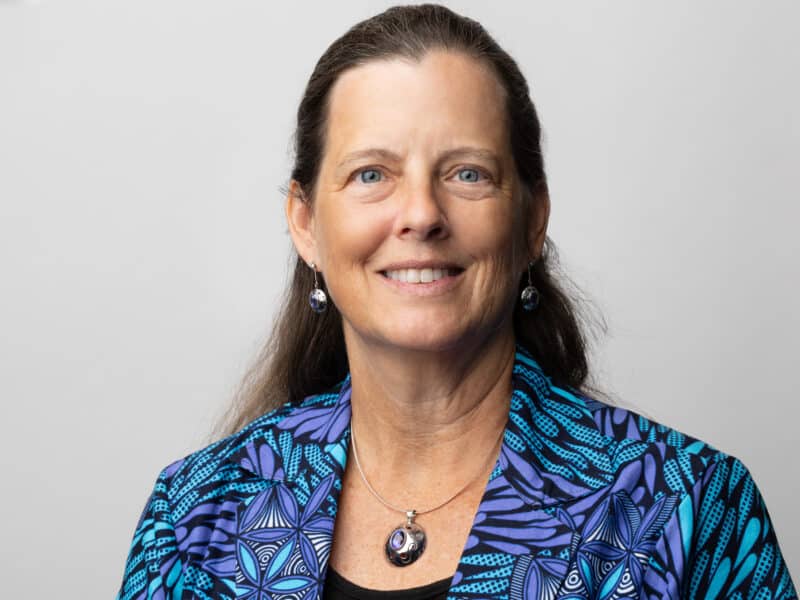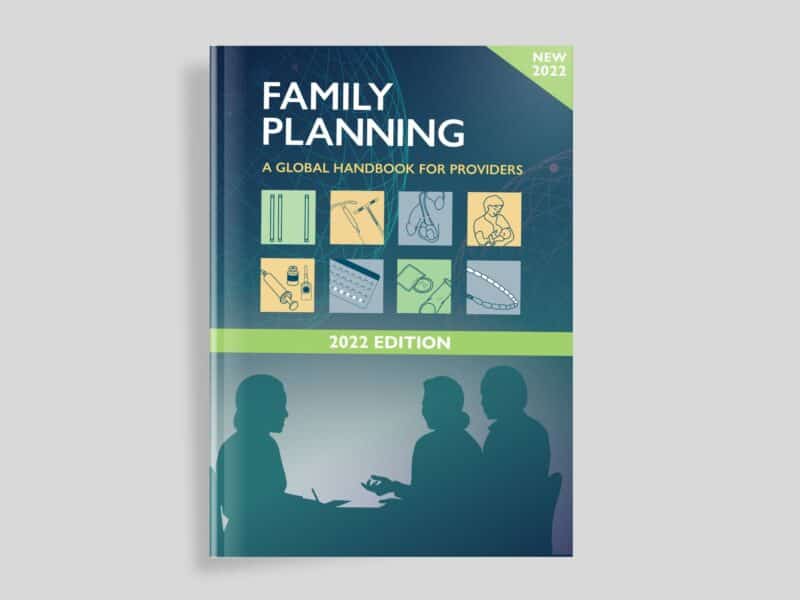The word of the year is “pandemic,” the famed dictionary Merriam-Webster has declared, and it is surely ours as well. Just like people all over the world, we at the Johns Hopkins Center for Communication Programs have spent much of 2020 working to help control the spread of COVID-19. Since the novel coronavirus was first identified nearly a year ago, we have taken what we learned from recent Ebola and Zika outbreaks and used our communication and behavior change expertise to help people protect themselves from a disease that has sickened more than 77 million people and killed more than 1.7 million worldwide. All of that devastation over a disease that we had never heard of when we closed out 2019.
With $12.2 million from USAID to do COVID-19 work in 22 countries, CCP has been leading the way in understanding how people’s knowledge and behavior have changed the course of the pandemic and using those insights to communicate lifesaving messages about handwashing, social distancing and mask wearing – the best tools we have against COVID to this day.
Even if it sometimes feels like it, COVID-19 hasn’t been CCP’s sole focus in 2020. While we saw our hugely successful 10-year urban reproductive health initiative in Nigeria close its doors, we opened new ones with a $35-million integrated social and behavior change project in Uganda, a $40-million malaria net distribution project in Tanzania and a major role on a global safe surgery and reproductive health project. We adapted to working via Zoom and WhatsApp instead of in person and continued our programming in maternal and child health, family planning and more.
As we finally put 2020 behind us and look to a light at the end of the COVID-19 tunnel in 2021, here’s a list of CCP’s top five blog posts for the year:
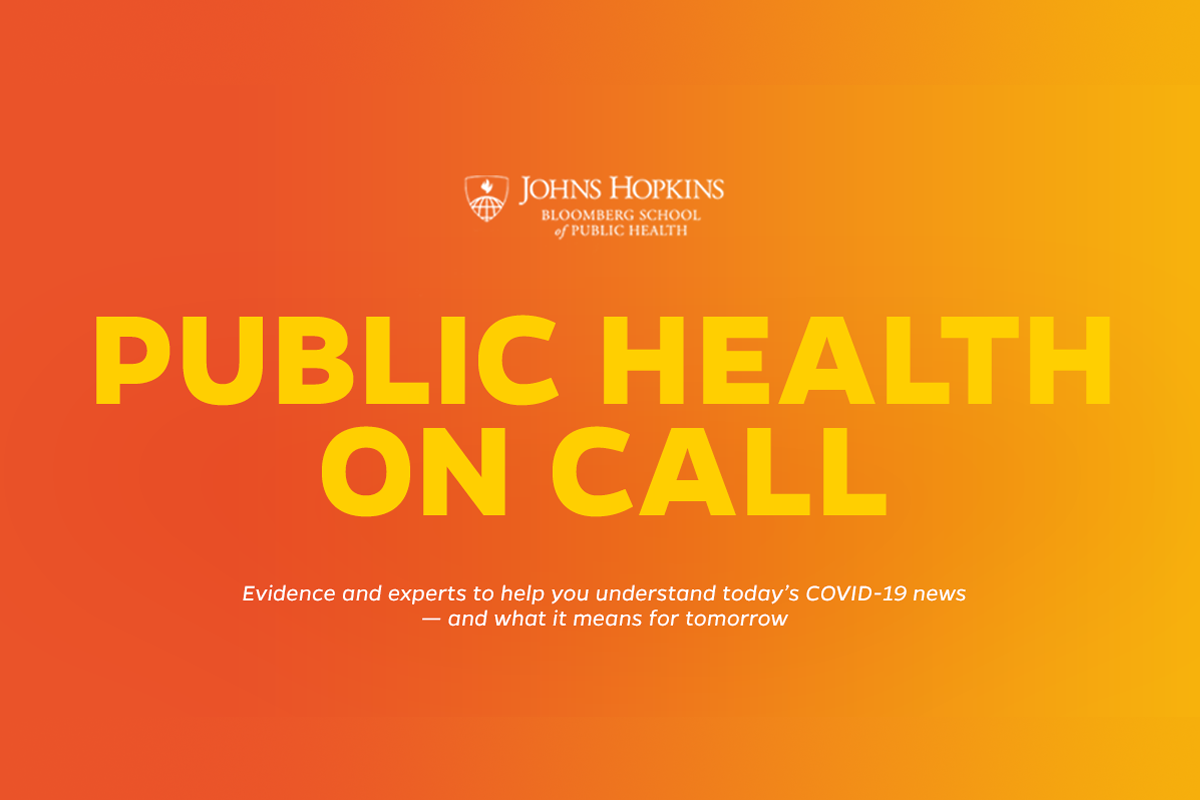
1. Podcast Highlights COVID Messages from Around the World: CCP has produced all kinds of materials designed to help people protect themselves from getting COVID-19. In an episode of the Johns Hopkins Bloomberg School of Public Health podcast, Public Health on Call, CCP Deputy Director Alice Payne Merritt highlights radio and television spots that show how individual countries require tailored COVID-19 messaging to appeal to their citizens – and to get them to act. Listen for yourself to the use of superhero imagery in a spot from the Philippines and the emphasis on protecting those around us from getting sick in a spot from Ethiopia.
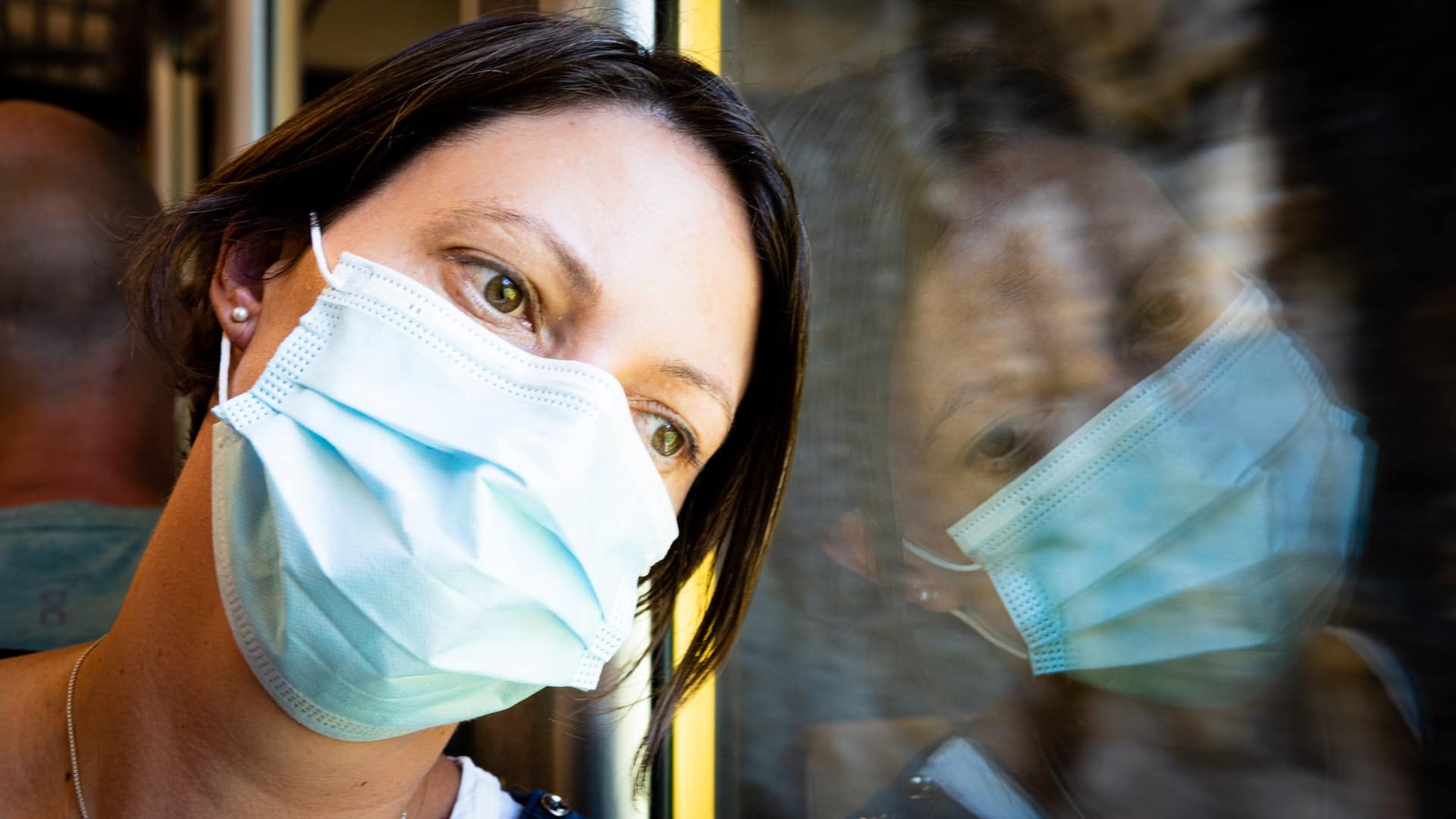
2. New Data Show Changes in COVID Prevention Behaviors Over Time: In collaboration with Facebook, the Massachusetts Institute of Technology and the World Health Organization, CCP helped develop and create an interactive dashboard of results from global surveys on COVID-19 knowledge, attitudes and practices from hundreds of thousands of respondents in 67 countries. The KAP COVID Dashboard allows researchers, public health programmers and policymakers to compare changes in behaviors and attitudes over time – and make adjustments to messaging using that new information.
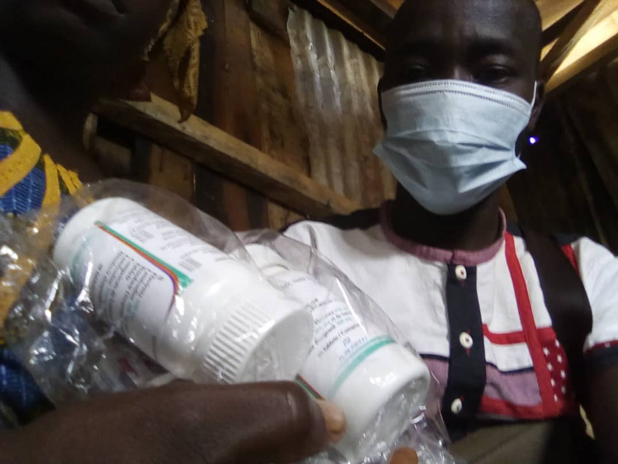
3. Pandemic Brings Special Delivery for People Living with HIV: What do you do when people living with HIV need their antiretroviral therapy but are afraid to venture out during COVID-19? You bring the medication to them. While there is no cure for HIV, antiretroviral therapy can control the virus and prevent sexual transmission to other people. Pre-pandemic, people living with HIV in Cote d’Ivoire might travel to a faraway health center for their drugs. Now, through a CCP-led program, peer navigators there are arranging community pickup spots and at-home delivery of three months’ supply of medication
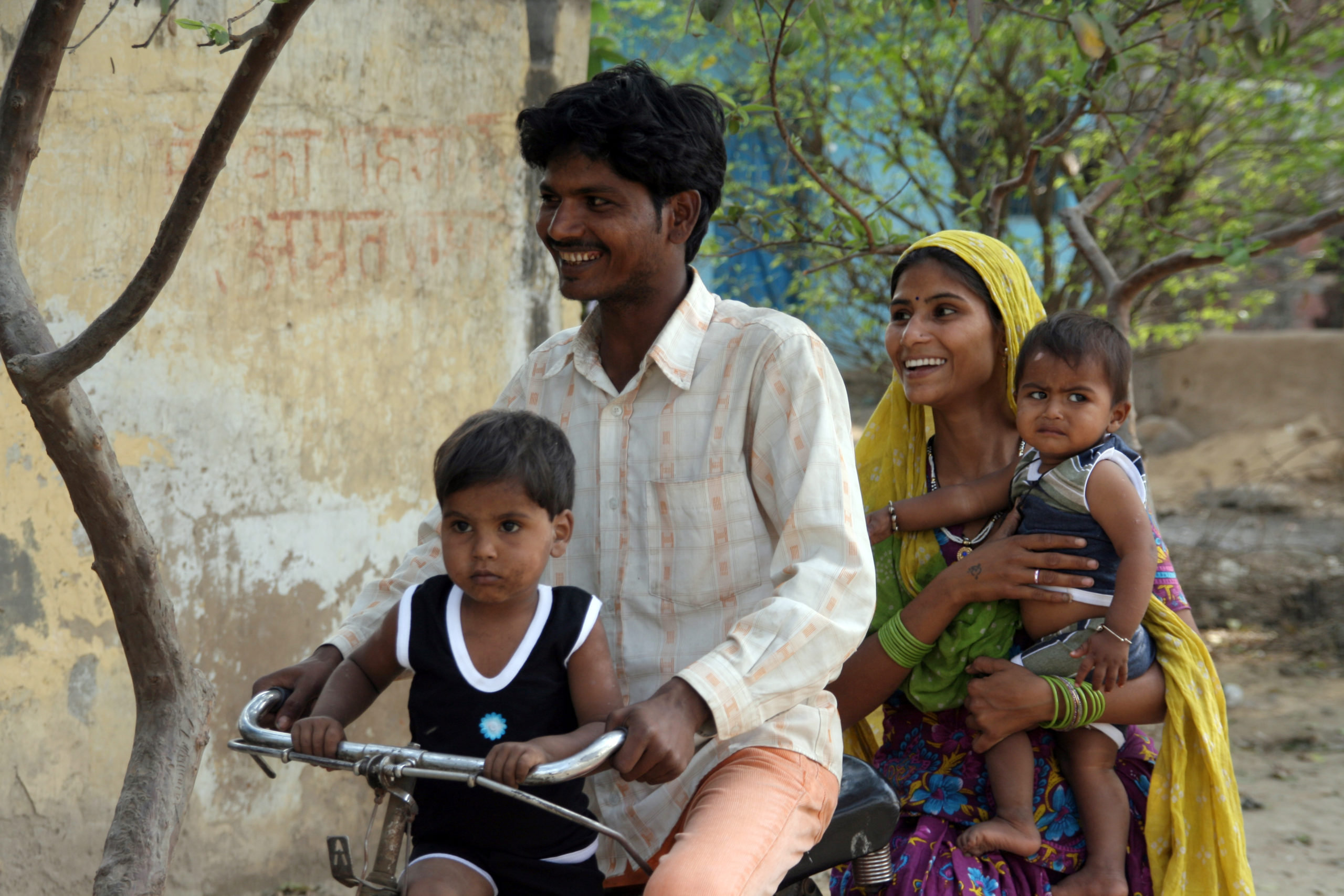
4. Training the Media to Share Facts on COVID: As part of its work in many of its COVID-19-prevention projects across Africa, CCP trained journalists on how to provide the best information to ensure the public understands all it can about COVID-19, including how it is spread and how people can best protect themselves. Since journalists in many countries don’t always have access to accurate information, media training sessions shared COVID-19 facts – and methods for gathering the latest new developments in our understanding of COVID-19 as they happen. “The press must be considered an integral part of, and a strong link in, the pandemic response,” one CCP staffer says.
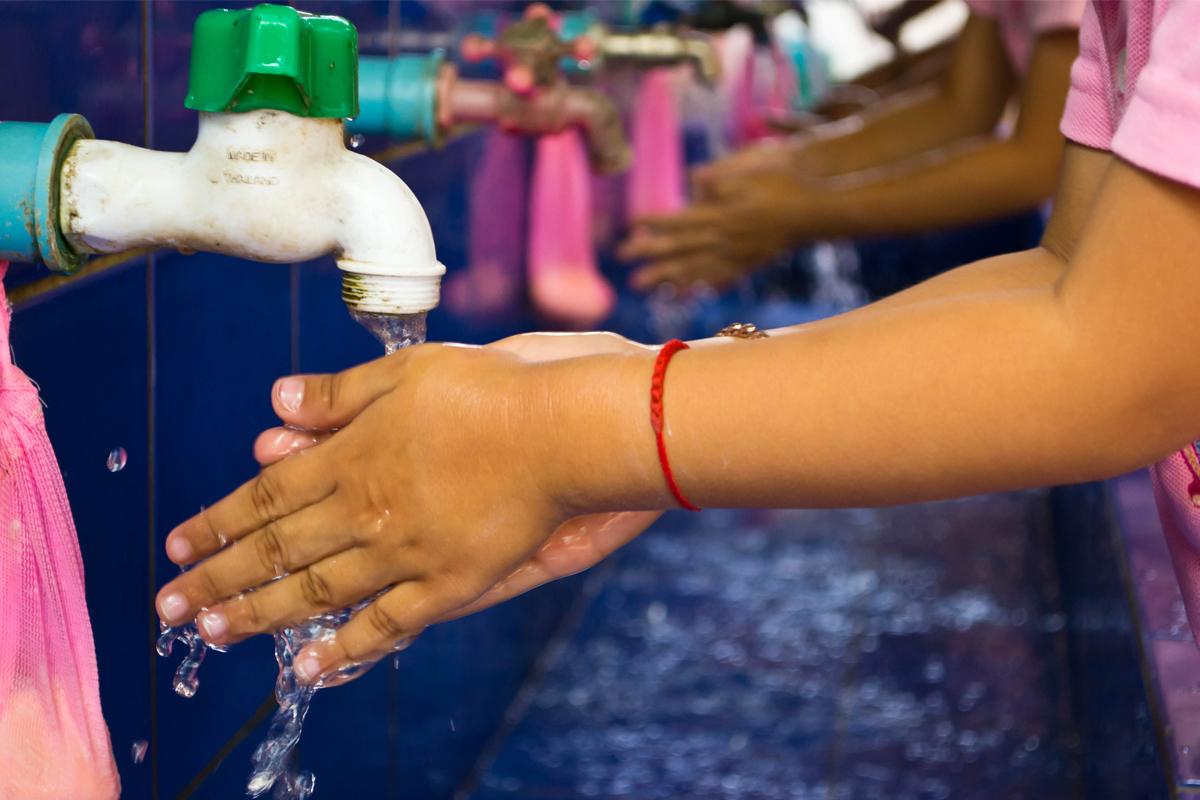
5. COVID-19 Prevention When There’s No Soap and Water: COVID-19 messages often focus on the lifesaving benefits of handwashing, but what do you do if you don’t have access to soap and clean water? The DHS Surveys, conducted in 90 countries every five years on everything from infant death to nutrition to HIV knowledge, also include information such as whether households have soap and water. This existing information can better inform decisions to safeguard people at risk of COVID-19. “Different messages and strategies will be needed in low- and middle-income countries to slow the spread of disease,” says CCP’s Erica Nybro, who serves as senior advisor for communication at DHS. “The basics required for handwashing are taken for granted by many but are not readily available for millions of people. We can’t simply tell people to wash their hands. This assumes access to soap and running water. We need to come up with something else.”

